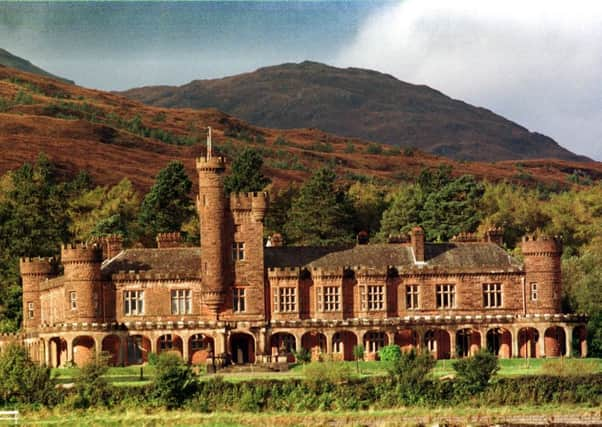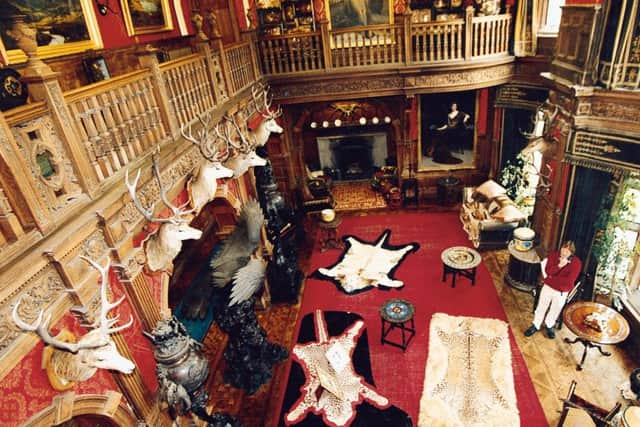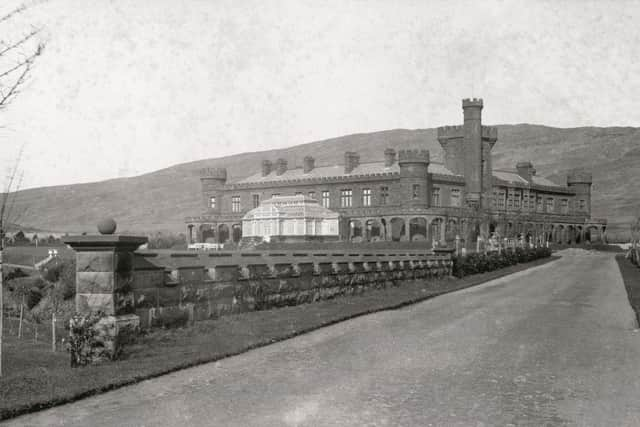Kinloch Castle 'faces demolition' due to repair bill cost


Kinloch Castle, on the island of Rum, was built by George Bullough, a wealthy Lancastrian industrialist in the late 1800s.
The remote property became famous for its opulent parties and long shooting weekends after it opened in 1900, with King Edward VII among those to attend.
Advertisement
Hide AdAdvertisement
Hide AdThe property started to fall into disrepair following WWI with the house and its contents sold to the government’s nature agency in 1957.


Now, Scottish Natural Heritage, which owns the ample property, has suggested that Kinloch Castle could be demolished unless the money can be found to restore and maintain it, according to The Times.
SNH has called for a summit with culture secretary Fiona Hyslop to discuss the way forward for the building, part of which was, until recently, used as a hostel.


Earlier attempts to preserve the mansion, which were backed by the Prince’s Regeneration Trust, have failed given the lack of public funding available.
Savills, the property consultancy, said in a report into the future of Kinloch Castle, that about £13m would be needed to turn the castle into residential accommodation and a museum, according to reports.
SNH officials have estimated that the bill for structural repairs on the fabric of the building could cost an additional £5 million to £10 million, it is understood.
With no “operational need” for the building, or a buyer, SNH concludes: “We have been trying to find an acceptable and affordable future for Kinloch Castle for over a decade.


Advertisement
Hide AdAdvertisement
Hide Ad“In that time, the condition of the building has continued to deteriorate despite considerable sums spent to address the most serious issues.
“The options are stark: we either find a way to generate significant funds over many years to invest in renovating the building and securing a cost-effective use for the building or we accept that the castle has no future and should be demolished.”
The Kinloch Castle Friends Association told The Times it was shocked to learn that demolition was even being considered.
Ewan Macdonald, the group’s founder and chairman, said: “A study commissioned by SNH found that it was second only to Balmoral as an example of an intact Edwardian shooting lodge.


“Kinloch Castle is a truly magnificent place to visit and we simply do not accept that it is a write-off. It would be nothing short of a scandal if the castle were to be demolished, a scandalous loss of heritage.”
Catherine Duckworth, the group’s secretary, added: “I can’t believe that a heritage body would even consider demolishing such a beautiful, historic and unique building. It would be a huge mistake.”
